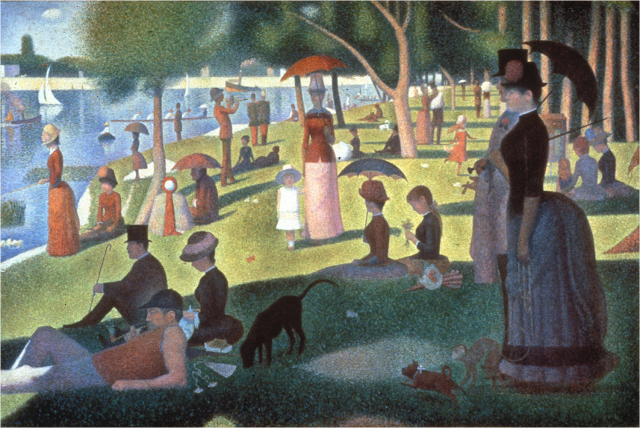A song from Cirque du Soleil
provided the rhythm for the Canadian synchronized swimming team to compete at
the Olympics this year. The
talented musical artists of Cirque du Soleil typically perform live during
their spectacular shows and I have been fortunate enough to see (and hear) two
acts. I went to see La Nouba
many years ago in Orlando and caught Corteo in Barcelona last winter. Both were simply spectacular! Words cannot describe the sheer amount
of creativity, coordination, and vision it must take to construct a Cirque du
Soleil show.
I recently read an article in El País that explains the
origin of the Jean Rabasse’s initial inspiration for Corteo’s set design: an
art exhibition at Canada’s National Gallery titled “The Great Parade: Portrait
of the Artist as Clown.” The way
that many artists are able to recapitulate, spark, and refashion previous works
of art is wonderful. Whether it is providing a familiar beat for Olympic athletes or igniting
an innovative idea in an individual, art has the ability to stimulate and engender
our creative capacities. For this reason, art is a tremendously valuable commodity that has the ability to impact our daily lives and the communities in which we live.
For a preview of Corteo-










































